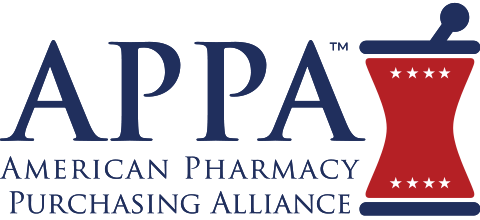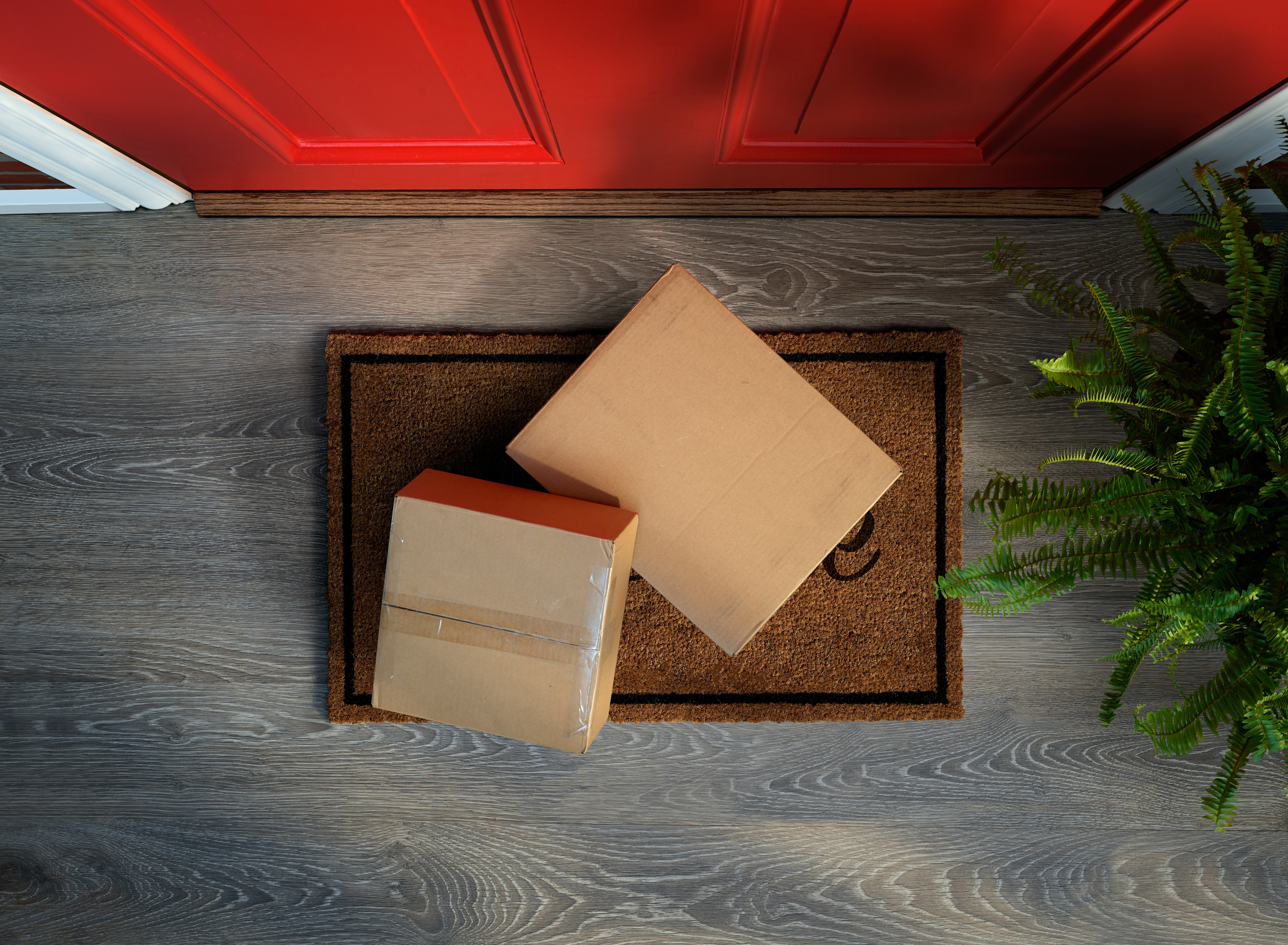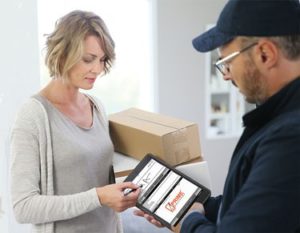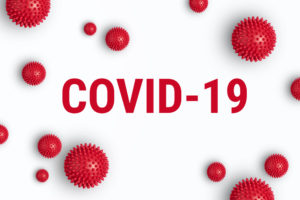When CVS Pharmacy announced in mid-2018 that it had launched a nationwide prescription delivery service capable of providing next-or-second-day delivery, the news garnered significant media coverage and quite a few headlines. And so did news from Walgreens, that came a few months later, about a new partnership with Federal Express to offer next-day prescription deliveries. Walgreen’s new service level was to complement the “same day” service already offered in certain markets.
Less-well-noticed though, was a release issued by the National Community Pharmacists Association (NCPA), pointing out that locally-owned pharmacies had been in the business of home delivery for years. “According to the NCPA’s 2017 Digest, sponsored by Cardinal Health,” the release stated, “72 percent of locally-owned community pharmacies offer same-day home delivery, and 76 percent of those offer home delivery as a free service.” The release further noted that a 2017 “flash survey” of NCPA members found 68 percent of pharmacy managers said deliveries were made in less than six hours.
“What’s all the fuss?” noted an NCPA spokesman. “Independent pharmacies have been offering same-day home delivery – most of them at no charge to the patient – for decades.”
Since then, availability of same-day prescription delivery services has only increased. CVS now offers same day service at 6,000 pharmacy locations across the country, with patients charged a $7.99 delivery service charge.
“Consumers continue to demand faster delivery for online orders,” CNBC noted in reporting on CVS’s same-day service. “This is especially true with groceries that need to stay fresh and prescription drugs that customers need to take right away. If a person is diagnosed with strep throat and fills a prescription for an antibiotic, they’re not going to wait one or two days for it to arrive.”
All this is happening, of course, as online pharmacy PillPack, owned by Amazon, threatens to disrupt traditional patient/pharmacy relationships. PillPack offers free, monthly deliveries of regularly-prescribed medications, along with 24/7 pharmacy support. But, as CNBC’s analysis notes, pharmacies face threats that extend beyond PillPack: “Other start-ups are also trying to woo consumers with the ease of filling their prescriptions without ever walking into a pharmacy or standing in line.”
Patient reliance on home delivery services became especially apparent, when a new federal regulation eliminated its availability for certain diabetes testing products.
A few years ago, the NCPA surveyed pharmacy members about home delivery practices for homebound Medicare diabetes patients. The survey was conducted in advance of a new mandate from the Centers for Medicare and Medicaid Services (CMS) requiring Medicare beneficiaries to obtain diabetic testing supplies through an approved mail-order supplier. This mandate effectively removed the option of having those supplies delivered by a local pharmacy. When asked what the effects would be on their patients, 65 percent of responding pharmacists said the impact would be significant.
“We have a large elderly population and are in a rural area in Minnesota,” one pharmacist noted. “Especially in the winter during storms, many of our customers cannot leave their homes and rely on our home delivery service.” Another pharmacist suggested patients would “be unable to follow up in maintaining their goals,” and cited the increased risk of patients developing complications and incurring added costs.
Whatever the reason, it’s clear that patients prefer the option of having their prescriptions delivered, and increasingly expect seamless, same-day service. For pharmacy managers wanting to meet those expectations, the concept of home delivery raises a number of issues – regulatory, logistics, operational – that must be considered and addressed.
Foremost of course, is the need to ensure deliveries are made in accordance with all state and federal requirements. HIPAA signature requirements must be met, and precautions must be taken to ensure that only eligible medications are delivered. Prescriptions for controlled substances, for example, are subject to both federal and state regulations. And some plans expressly prohibit home delivery of Schedule 2 controlled substances, which include oxycodone, codeine and hydrocodone, among other substances. In addition, pharmacies certified to process electronic prescriptions for controlled substances (that demonstrate use of a technology system approved by the DEA), must meet strict recording keeping requirements.
Then there are internal pharmacy processing requirements. How to manage inventory levels, for example, keep track of payments, update signature logs, and maintain patient records. A pharmacy must also ensure the efficiency of the delivery process itself, by making sure drivers’ routes are optimized, and enabling real-time communication between the driver and the pharmacy.
Which is where the choice of a pharmacy technology management system comes in.
Quite frankly, with many different technology systems to choose from, pharmacy managers will need devote a fair amount of time to identify the best system to meet their overall pharmacy needs. In investigating current offerings, a pharmacy manager may find that certain systems may excel in workflow management, or pharmacy recordkeeping, but cannot accommodate patient-friendly services like home delivery, or online reorders.
Other technology providers, start-ups for example, tend to focus on developing solutions to address a specific category of pharmacy needs. Solutions that target inventory management, electronic prescribing, immunization management – and home delivery – are good examples of this.
A better bet though, is to identify a comprehensive pharmacy management solution that offers a “one-stop solution” for all pharmacy needs. The PrimeRx™ operating system, offered by Micro Merchant Systems, is one example of solution that fits this bill.
The PrimeRx™ core operating system serves as “command central” for the overall system, and offers essential functions including prescription processing, workflow management, report generation, inventory management, automated refill management, patient record management, and patient communication capabilities.
Pharmacies can build upon these critical functions, by taking advantage of any number of software modules, designed to address specific pharmacy needs. These software modules seamlessly integrate with PrimeRx™ and include PrimePOS™, which ensures fast, seamless point-of-sale transactions; PrimeESC™ which allows for HIPAA-compliant electronic signature capture; PrimeRxSP™ which meets the unique needs of specialty pharmacies; PrimeDMS™ document management system; and the FillMyRefills™ automatic reordering capability.
The system enables remote deliveries through its innovative PrimeDELIVERY™ module, which allows the convenience of home delivery with all transactions wirelessly transmitted back to the core PrimeRx™ management system. Through PrimeDELIVERY™, the pharmacy essentially goes “on the road,” by ensuring an electronic paper trail records all transactions, including critically-important HIPAA-compliant electronic signatures and privacy acknowledgements.
Pharmacies can install PrimeDELIVERY™ on any Android or IOS device, which allows a high degree of flexibility in selecting a preferred tablet or phone to accompany delivery personnel. The delivery module is HIPAA-compliant, and interacts directly with PrimeRx™ and PrimePOS™ to manage prescription deliveries and collect and record all copays.
What differentiates PrimeDELIVERY™ from other pharmacy delivery services though, is the broad range of functionality it provides, along with its attention to detail. For example, just as busy consumers have grown tired of waiting around to sign for product deliveries, so too have patients come to expect higher levels of convenience from their pharmacies.
PrimeDELIVERY™ addresses this need through a new “remote signature capture” capability. This feature allows the system to generate an advance electronic signature request, which is sent to the patient ahead of a scheduled delivery. The patient provides a signature, which is transmitted back to the pharmacy via PrimeDELIVERY™, and integrated into the patient’s record.
By collecting the signature in advance, a delivery can be made, even if the patient is not present when the delivery person arrives.
PrimeDELIVERY™ includes other capabilities that facilitate deliveries to homes, workplaces and other preferred locations. These capabilities include:
- Seamless tracking of each prescription. All prescriptions set for delivery are marked as “out for delivery” in the pharmacy’s system. Once the delivery is actually made, that notation is changed to “delivered.” If a prescription needs to be returned to the pharmacy, the patient record will automatically be updated.
- Inventory management. Any undelivered medications are returned to inventory, with stock levels automatically adjusted.
- HIPAA Compliance. In addition to capturing prescription pickup signatures, PrimeDELIVERY™ captures a HIPAA acknowledgement signature, and stores that information in the patient’s record.
- One signature for multiple prescriptions. A patient can sign once to accept multiple prescriptions. The system also allows a patient to “uncheck” specific prescriptions they may not wish to take delivery of at that specific time.
- Data and patient security are priorities. All data is encrypted and remains highly secure throughout the transaction.
- Seamless integration with patient records. All remote transactions are automatically uploaded to a patient’s record. This allows the pharmacist to accurately track patient adherence and/or medication therapy progress, while also ensuring full compliance with all record-keeping requirements.
Home delivery capability is a win-win for pharmacies and patients. Pharmacies can meet patients expectations for convenient deliveries, while also ensuring meticulous record-keeping and full compliance with all applicable regulatory mandates. And patients benefit from not having to schedule their day around an expected delivery.
As home delivery increasingly becomes an industry standard, pharmacy managers are looking to technology providers for solutions to facilitate the integration of this service into pharmacy operations. And as the innovative features of PrimeDELIVERY™ demonstrate, certain technology providers are already prioritizing home delivery, and helping pharmacies stay a step ahead of patient expectations.






